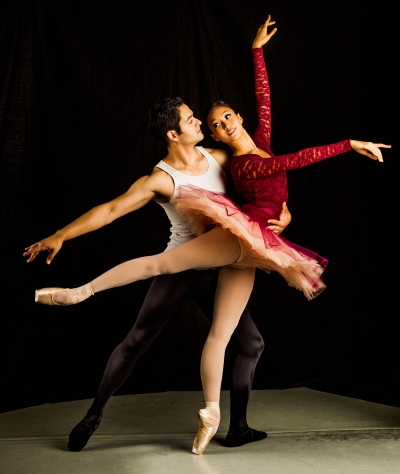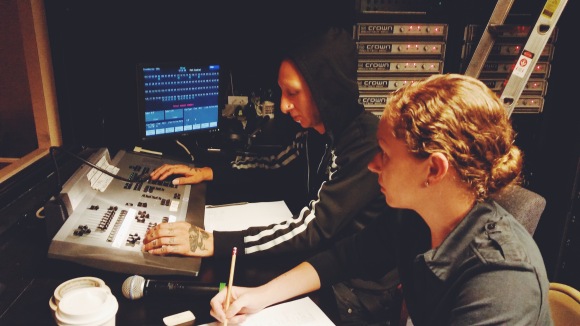
Although it may seem intimidating, it is all about the process. And at the end of it all, “Houselights restored” means that we have survived! Job well done principal ballerina, Alexsandra Meijer.
"Standby two minutes to curtain," "Places dancers," "House lights to half," "Light cue 0.7 go." These were just some of the lines on the four page cue sheet of the stage manager at the top of the show during the 2015 Summer Intensive Showcase on July 31. Over the headset, Alexsandra Meijer, Silicon Valley Ballet Principal Dancer and newly minted stage manager, called these cues to her fellow stagehands. Since she joined Silicon Valley Ballet in 2001, Meijer has been fascinated by the person who “calls the show” from behind the scenes, and last Friday she had the opportunity to experience the job firsthand. Meijer did extensive research in preparation for this event. She talked about combing stage manager's blogs and tips, as well as searching “how to call a show” on Youtube, and being somewhat taken aback after watching a clip of someone calling the Broadway show, Hairspray. Seeing multiple characters, lights and the ensuing commotion was a bit intimidating. Alexsandra called it, “SUPER intense” because the video featured, “many complex lighting cues, with spots and specials fading in and out in many different areas of the stage.” Luckily, her debut was not quite as complicated! Still, calling the full run of the Summer Intensive Showcase, which featured over 140 students in almost two hours of dancing, was a challenge. Ms. Meijer met it well, and our staff, faculty, and students are thankful for her efforts.


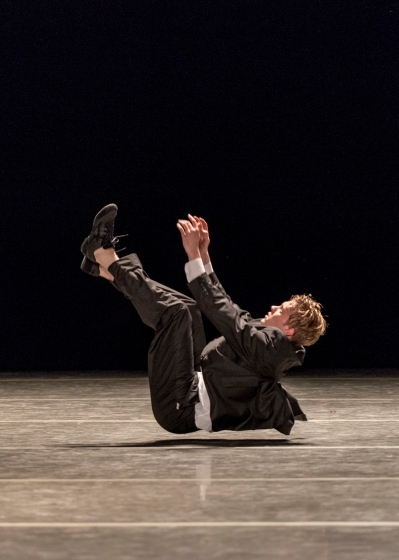



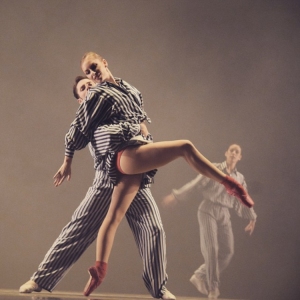

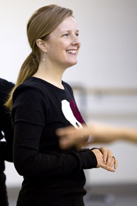 Stacy Caddell
Stacy Caddell